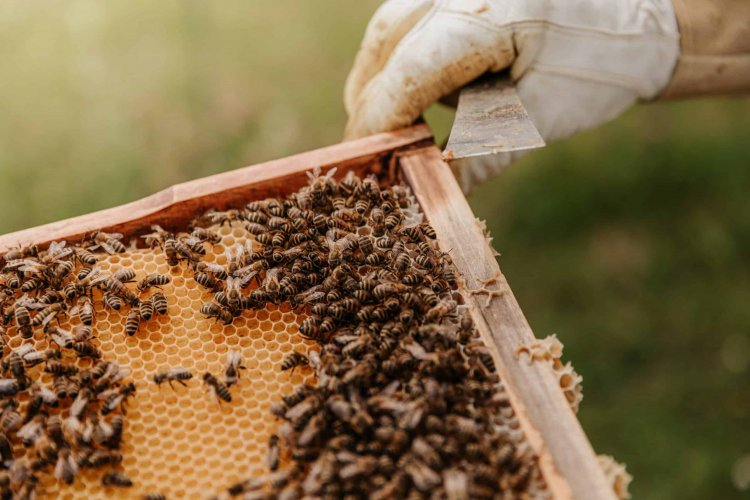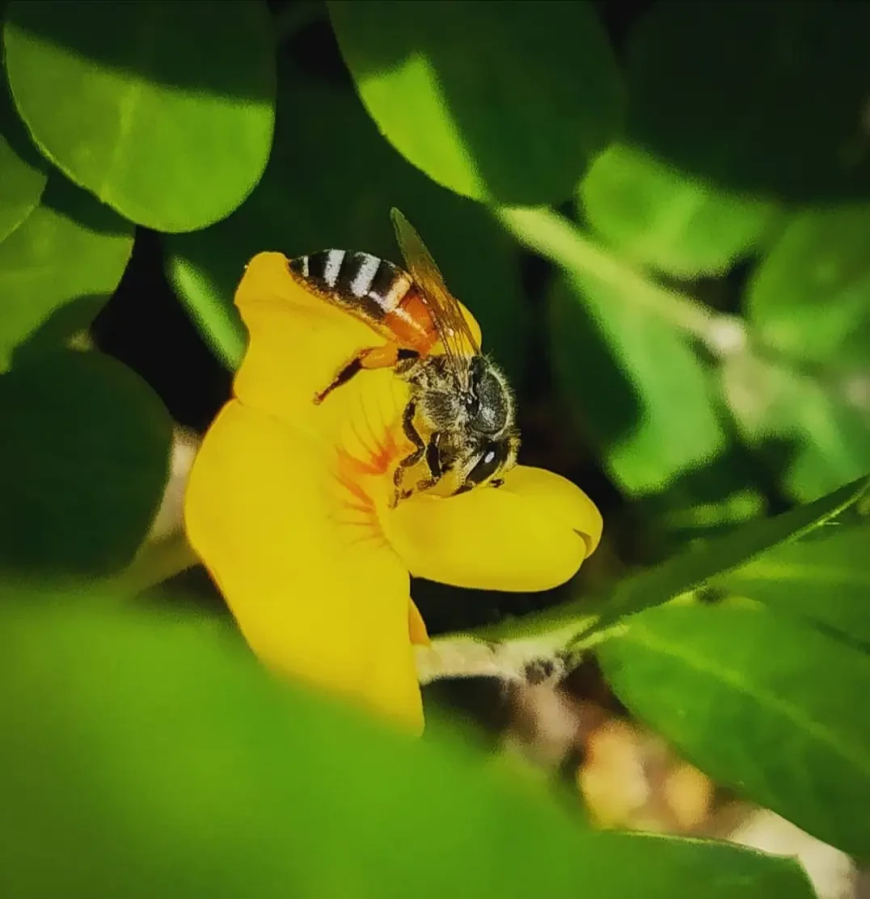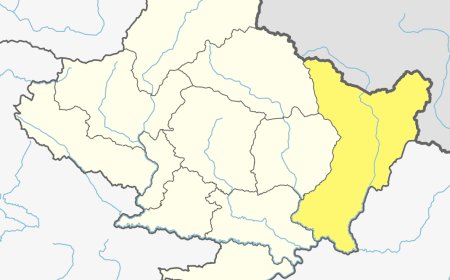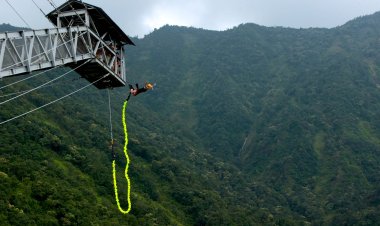Honey Production in Nepal: Trends and Growth Opportunities
Learn about the challenges facing Nepal honey production industry, and how to address these issues and sustainable growth to the country's economy.

Nepal is a country with a rich history of honey production. Its varied landscape and diverse flora provide a unique setting for beekeeping, resulting in an array of delicious and distinct honey varieties. However, the industry faces several challenges that hinder its growth and sustainability. In this article, we'll take a closer look at the honey production industry in Nepal, its potential, challenges, and how traditional beekeeping practices coexist with modern techniques.

The Bees of Nepal
Two types of honeybees are commonly found in Nepal: Apis cerana and Apis dorsata. These bees are native to the region and play a significant role in the ecosystem. The Apis dorsata is known for producing wild honey, while Apis cerana is used for domestic honey production. The honeybees help pollinate flowers, contributing to biodiversity and the reproduction of crops. However, they are under threat due to climate change, pests, and diseases.
The Production Process
The production process of honey in Nepal involves various stages, from beekeeping to harvesting, processing, and packaging. Here are some of the key points in the production process:
-
Beekeeping:
Beekeepers typically set up wooden boxes or baskets in suitable locations for the bees to make their hives. The hives are monitored regularly to ensure the health and productivity of the bees. -
Harvesting:
Honeycombs are harvested either by hand or by using modern extractors. In traditional beekeeping, the honeycombs are carefully removed from the hive, and the honey is extracted by crushing or spinning the combs. In modern beekeeping, extractors are used to separate the honey from the combs. -
Processing:
Once the honey is extracted, it is filtered to remove impurities such as wax and debris. The honey is then heated to a specific temperature to reduce moisture content and ensure proper preservation. The heating process may vary depending on the type of honey and the desired flavor and texture. -
Packaging:
The final stage in the production process involves packaging the honey in jars or bottles. The packaging may include labeling and branding to identify the honey's source, quality, and flavor.
Overall, the production process of honey in Nepal involves a combination of traditional and modern techniques, depending on the beekeeper's resources and preferences. The quality and flavor of the honey can vary depending on the flowers and plants that the bees feed on and the processing methods used. It is essential to ensure that the honey is free from impurities and contaminants to ensure its safety and quality.
Good Honey vs Bad Honey
The quality of honey produced in Nepal varies, and it is crucial to distinguish good honey from bad honey. Good honey is usually clear, runny, and free from impurities. It has a distinct aroma and flavor, depending on the flowers the bees feed on. In contrast, bad honey can be cloudy, thick, and may contain debris or foreign matter. It is essential to know the source of the honey to ensure its quality and safety.
Challenges Facing the Industry
The honey production industry in Nepal faces several challenges that hinder its growth and sustainability. Here are some of the key challenges facing the industry:
-
Limited access to technology and market information:
Small-scale beekeepers have limited access to modern technology and market information, which affects their productivity and income. -
Climate change:
Changes in weather patterns, such as droughts and floods, affect bee behavior and plant flowering, which affects honey production. -
Pests and diseases:
Bees are susceptible to pests and diseases such as Varroa mites and foulbrood, which can significantly reduce honey production. -
Lack of standardization and regulation:
The honey production industry lacks standardization and regulation, leading to quality control issues and unfair pricing. -
Lack of funding:
Beekeepers lack funding and support from the government and other institutions, hindering their efforts to modernize and expand their businesses. -
Lack of skilled labor:
The honey production industry requires skilled labor, including trained beekeepers, processors, and marketers. The lack of skilled labor affects productivity and quality. -
Market competition:
The honey production industry faces competition from imported honey and other sweeteners, affecting local honey sales and pricing.
Addressing these challenges requires investment in research, technology, and training, as well as support from the government and other institutions. Measures such as standardization and regulation of honey production, better access to technology and market information, and improved pest and disease management can help the industry grow and thrive. By addressing these challenges, the honey production industry in Nepal can continue to provide sustainable income and contribute to the country's economy.
In conclusion, honey production is an essential sector in Nepal, providing a sustainable source of income for farmers and contributing to the country's economy. Traditional beekeeping practices and modern techniques coexist, with both methods having their advantages and disadvantages. However, the industry faces challenges that require greater investment in research, technology, and support from the government and other institutions. By addressing these challenges, the honey production industry in Nepal can continue to thrive and contribute to sustainable economic growth.
To learn about premium honey type i.e Royal Honey : Click Here
Frequently Asked Question (FAQ's)
1. What types of honeybees are found in Nepal?
Two main types of honeybees are found in Nepal: Apis cerana, commonly used for domestic honey production, and Apis dorsata, known for producing wild honey.
2. How does Nepal’s landscape contribute to honey production?
Nepal’s diverse landscape and rich flora provide an ideal environment for honeybees to thrive, resulting in a variety of honey flavors and types.
3. What are the traditional methods of honey production in Nepal?
Traditional beekeeping involves using wooden boxes or baskets for hives, manual harvesting of honeycombs, and extracting honey by crushing or spinning the combs.
4. What modern techniques are used in honey production?
Modern techniques include using extractors for honey separation, advanced filtration processes to remove impurities, and automated packaging systems.
5. How can one identify good quality honey?
Good honey is clear, free of impurities, and has a natural aroma and flavor. Bad honey can be cloudy, thick, and may contain debris or foreign matter.
What's Your Reaction?





































































































